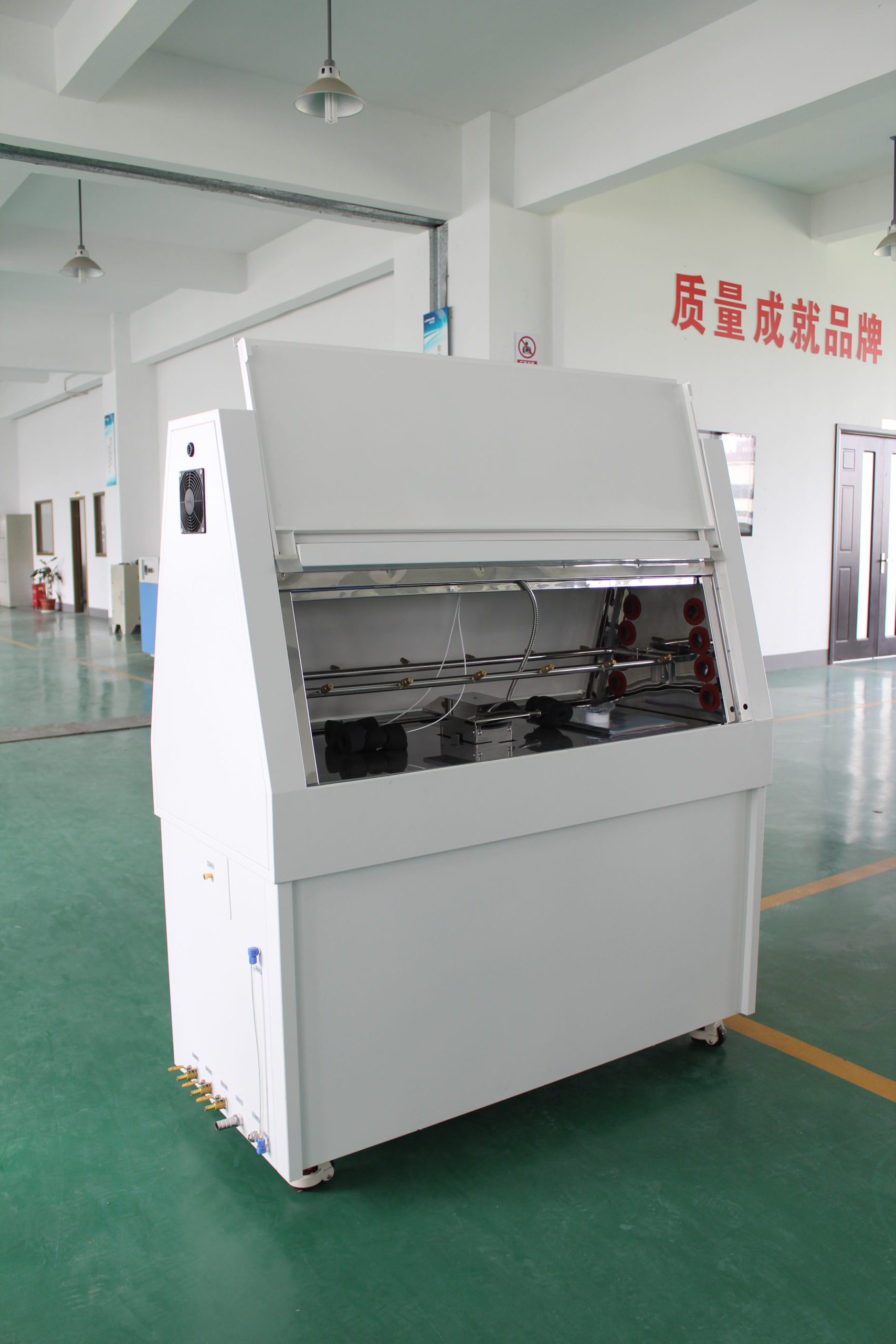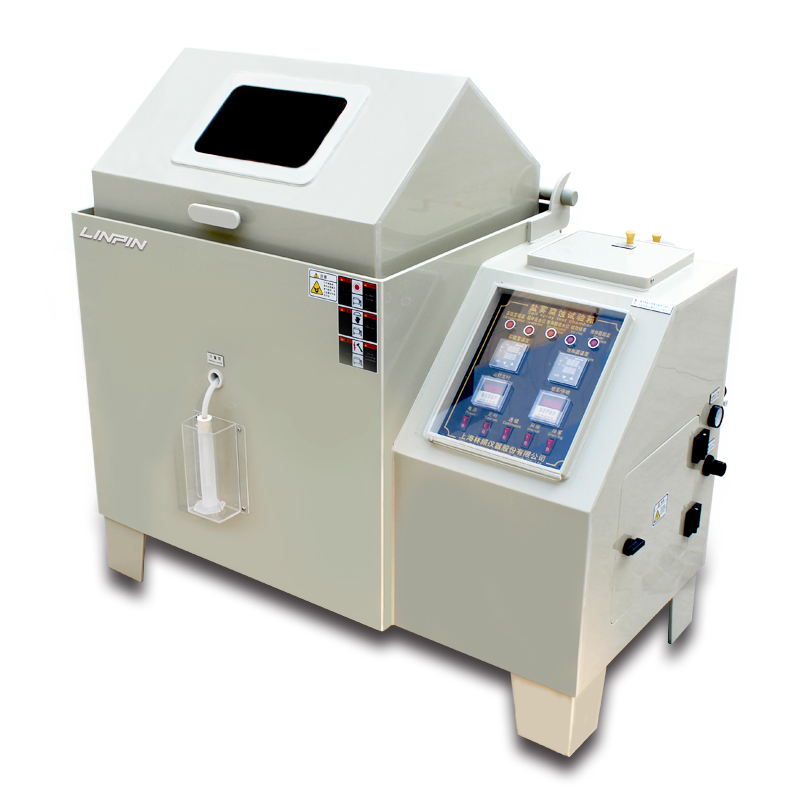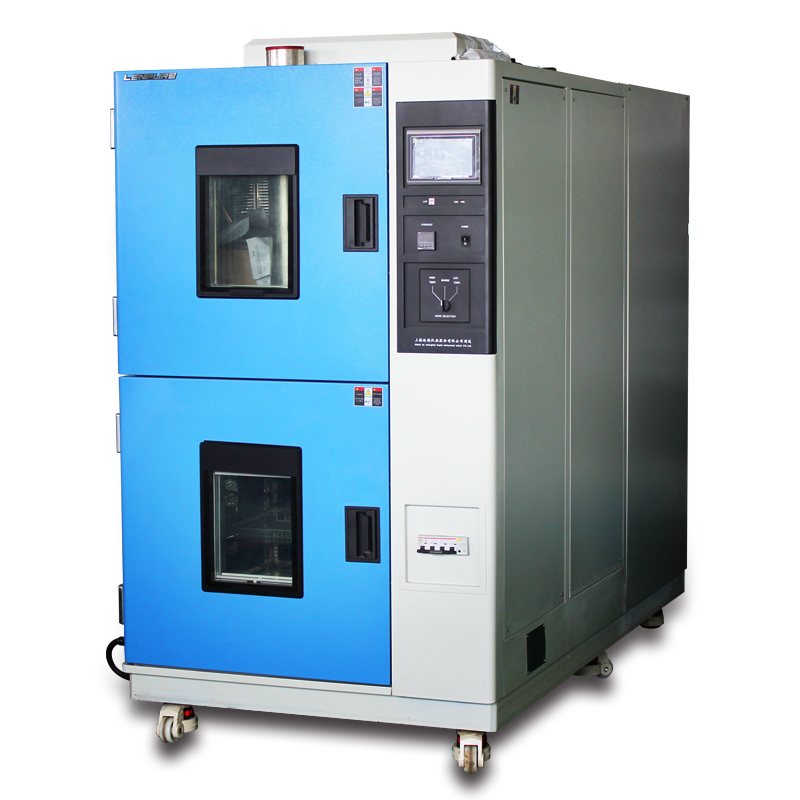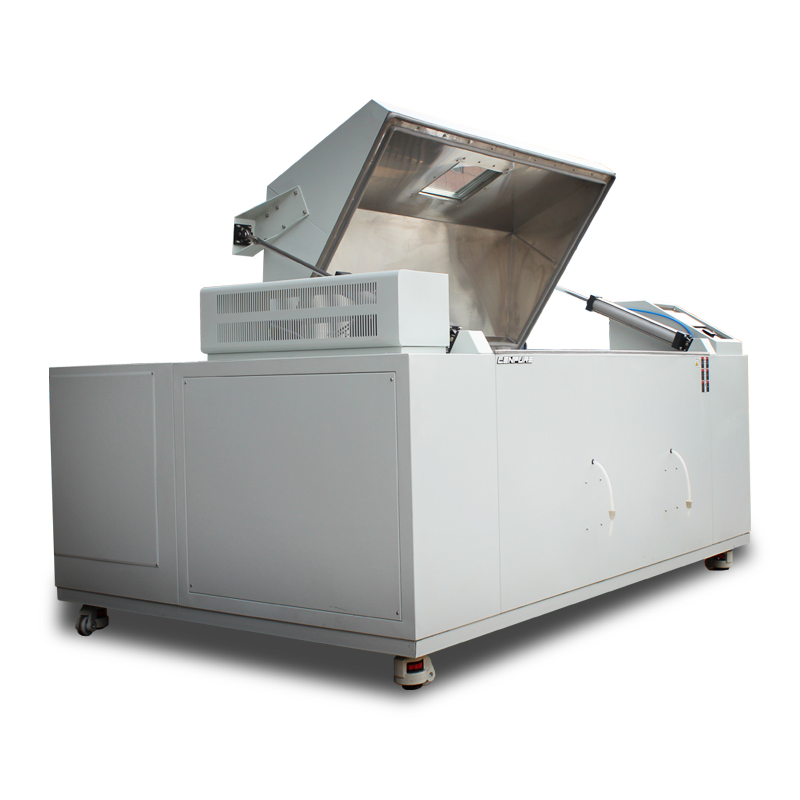Why Do Automotive Parts Need UV Aging Testing?
Author:LINPIN Update Time:2025-08-14 Source:LINPINIn the modern automotive industry, the quality and durability of automotive parts directly impact the safety and performance of vehicles. UV aging testing, as a critical evaluation method, has been widely adopted in the development and production of automotive components. Below, we explore the importance of UV aging testing and its profound impact on automotive parts.
1. Understanding UV Aging Testing
UV aging testing is a method that simulates ultraviolet radiation to assess the durability of materials. This test helps evaluate how automotive parts perform under prolonged UV exposure, particularly for materials like plastics and rubber, which are highly susceptible to UV degradation. From color fading and strength reduction to chemical property changes, UV aging testing provides detailed insights into these effects.
2. Why Choose UV Aging Testing?
- Ensuring Safety – Automobiles are complex mechanical systems where every component plays a crucial role in protecting drivers and passengers. UV aging testing helps identify potential material degradation under sunlight exposure, preventing safety risks caused by part failure.
- Enhancing Durability – UV radiation accelerates material fatigue and deterioration, shortening lifespan. Through testing, manufacturers can optimize material formulations, improving part longevity and reducing replacement and maintenance costs.
- Meeting Industry Standards – With increasingly stringent environmental regulations and industry requirements, automotive parts must comply with certification standards. UV aging testing provides essential data to help manufacturers pass compliance checks and gain a competitive edge.

3. Real-World Success Stories
Many leading automakers have integrated UV aging testing into their quality control systems. For example, a renowned car brand discovered during testing that its headlight housing material degraded significantly under prolonged sunlight exposure. By adjusting the material composition, the company improved product reliability, earning strong market feedback and boosting consumer trust.
In the automotive industry, UV aging testing is not just a routine procedure—it is a crucial step in enhancing part quality. It provides manufacturers with invaluable data to meet market demands and environmental challenges. As technology advances, future vehicles will demonstrate even greater potential in safety, durability, and sustainability. Through UV aging testing, we lay a solid foundation for the industry’s growth, ensuring drivers enjoy safer and more reliable vehicles.





